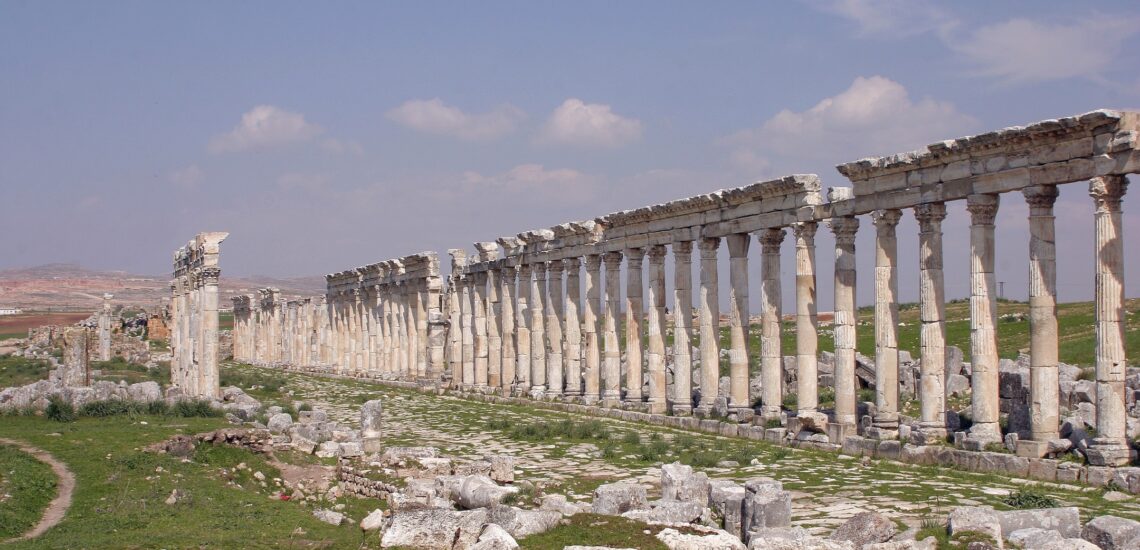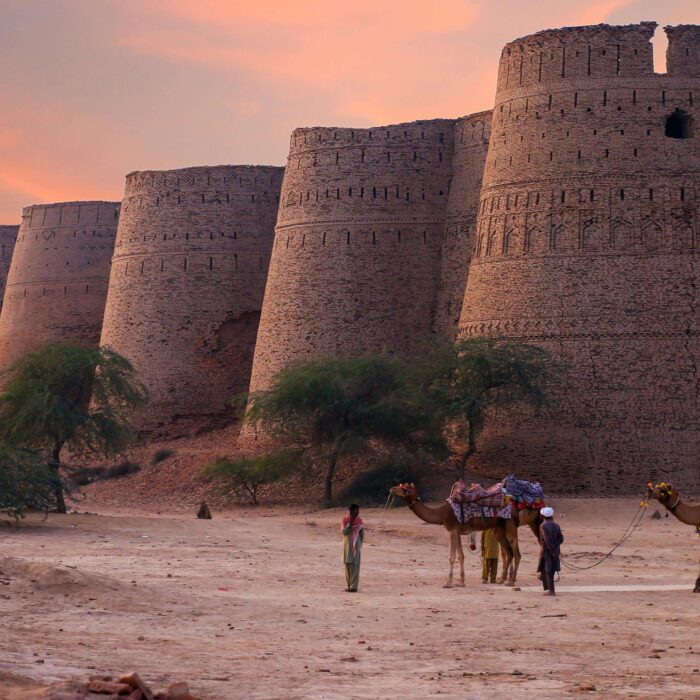叙利亚概况:
- 人口:约 1800 万人。
- 首都:大马士革。
- 最大城市:阿勒颇(历史上,但由于持续的冲突,这一位置有所变化;目前,存在争议)。
- 官方语言:阿拉伯语。
- 其他语言:少数民族也使用库尔德语、亚美尼亚语和阿拉姆语。
- 货币:叙利亚镑 (SYP)。
- 政府:独裁统治下的单一制半总统共和国。
- 主要宗教:伊斯兰教,以逊尼派为主;阿拉维派和其他少数教派占多数。
- 地理:位于中东,北与土耳其接壤,东与伊拉克接壤,南与约旦接壤,西南与以色列接壤,西与黎巴嫩和地中海接壤。
事实 1:叙利亚是目前对游客来说最危险的国家之一
2011 年开始的持续内战导致了叙利亚境内和境外大规模暴力、基础设施被毁以及数百万人流离失所。
由于冲突,叙利亚各地区仍然动荡不安,不适合旅行。武装冲突、恐怖主义和极端主义团体的存在对当地人和游客的安全构成严重威胁。冲突还导致了严重的人道主义危机,包括医疗、食品和清洁水等基本服务的短缺。
鉴于这些情况,政府和国际组织通常会发布强烈的旅行警告,敦促其公民避免前往叙利亚,因为风险很高。
然而,即使是现在,叙利亚政府控制的地区也会被访问,在旅行之前,最好先了解您是否需要国际驾照以及政府的安全建议。
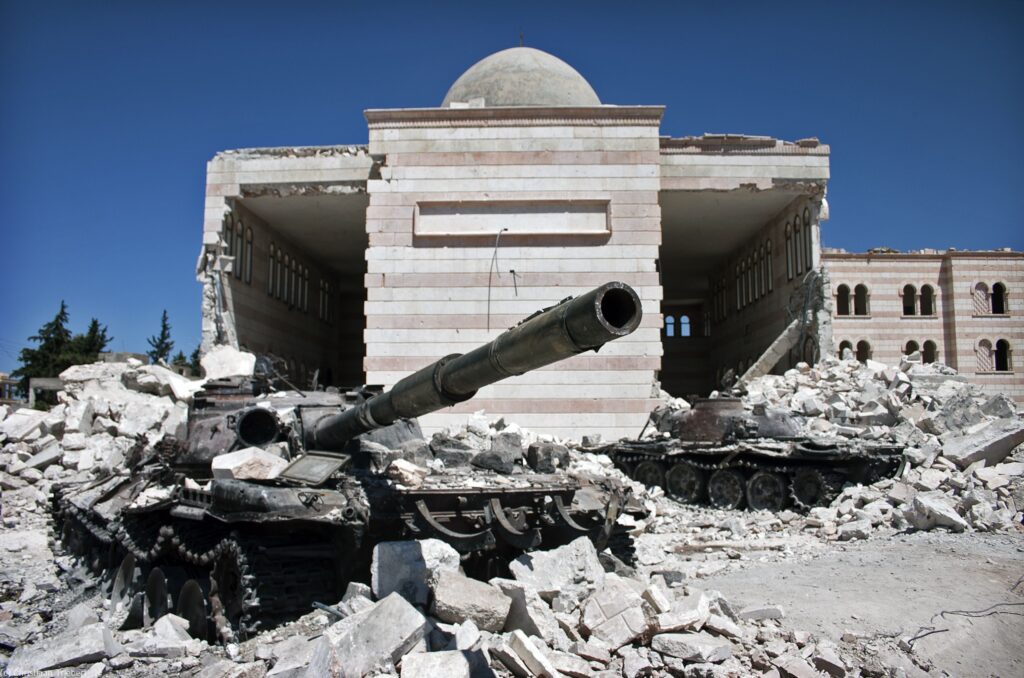
事实 2:叙利亚过去曾被庞大的帝国统治
在古代,叙利亚是阿卡德帝国的一部分,后来又成为阿摩利王国的一部分。它在赫梯人和埃及人的统治下成为一个重要的省份,展示了其在古代世界中的战略重要性。该地区在亚述和巴比伦帝国的统治下蓬勃发展,以艺术、科学和文学的进步而闻名。
在亚历山大大帝征服之后,叙利亚受到希腊化的影响,成为塞琉古帝国的重要组成部分,为希腊文化和思想在整个地区的传播做出了贡献。特别是安条克市成为希腊文明的主要中心。
罗马统治始于公元前 1 世纪,持续了几个世纪,将叙利亚变成了一个以巴尔米拉和大马士革等城市而闻名的繁荣省份。这些城市以其建筑奇迹和充满活力的文化生活而闻名。罗马时代之后是拜占庭帝国,它继续影响该地区的宗教和文化景观。
公元 7 世纪,伊斯兰教兴起,叙利亚被倭马亚王朝控制,大马士革成为首都。这个时代标志着伊斯兰建筑、学术和治理的重大发展。后来,叙利亚被阿拔斯王朝、法蒂玛王朝和塞尔柱王朝统治,每个王朝都为该地区丰富的历史做出了贡献。
11 世纪和 12 世纪的十字军东征使叙利亚部分地区被十字军国家控制,随后是阿尤布王朝和马穆鲁克王朝的统治,这加强了伊斯兰文化和建筑遗产。
奥斯曼帝国于 16 世纪初吞并了叙利亚,并一直保持控制直到第一次世界大战结束。奥斯曼帝国的统治带来了行政改革,并将叙利亚融入了更大的帝国经济和文化领域。
事实 3:叙利亚保留了许多古城和考古遗址
叙利亚拥有丰富的古城和考古遗址,见证了其丰富多样的历史。这些遗址反映了数千年来统治该地区的各种文明和帝国,使叙利亚成为人类遗产的宝贵宝库。
- 大马士革:大马士革是世界上最古老的连续有人居住的城市之一,历史长达 4,000 多年。它的老城区是联合国教科文组织世界遗产,以其历史地标而闻名,例如伍麦叶清真寺、大马士革城堡和古城墙。这座城市错综复杂的集市和传统房屋反映了其悠久的历史。
- 巴尔米拉:巴尔米拉是叙利亚沙漠中的标志性考古遗址,是古代世界的主要文化中心。巴尔米拉以其宏伟的柱廊、寺庙(如贝尔神庙)和巨大的拱门而闻名,是连接罗马帝国与波斯、印度和中国的商队城市。尽管在最近的冲突中遭受了破坏,但巴尔米拉仍然是叙利亚历史辉煌的象征。
- 阿勒颇:阿勒颇是另一座历史悠久的古城,至少自公元前 2 千年起就有人居住。其老城区也是联合国教科文组织世界遗产,包括阿勒颇城堡、大清真寺和传统集市。尽管该市在叙利亚内战期间遭受了严重破坏,但保护和恢复其历史遗迹的努力仍在继续。
- 博斯拉:博斯拉以保存完好的罗马剧院而闻名,是罗马帝国的重要城市,后来成为重要的早期基督教中心。这座古城还包含纳巴泰和拜占庭遗址,包括反映其多样化历史影响的教堂和清真寺。
- 马里和埃勃拉:这些古城可追溯到公元前三千年,是近东早期文明的主要中心。在马里的发掘发现了大量的文物和一座宏伟宫殿的遗迹,而埃勃拉则以其丰富的楔形文字碑文档案而闻名,这些档案提供了对早期行政和经济体系的见解。
- 乌加里特:乌加里特位于地中海沿岸,被认为是最早的字母之一的发源地。这座古城是一个重要的贸易枢纽,其考古发现,包括宫殿、寺庙和皇家图书馆,为了解古代近东的文化和语言提供了重要的见解。
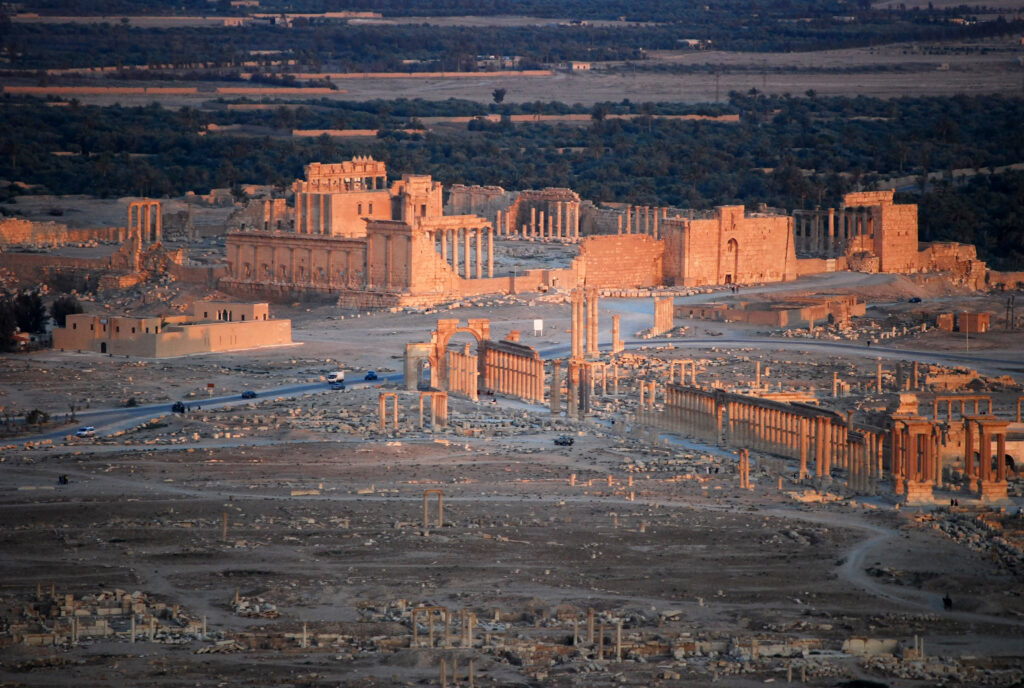
事实 4:叙利亚与基督教有着深厚的历史渊源
叙利亚与基督教有着深厚的历史渊源,在早期的基督教传播中发挥了至关重要的作用。安提阿是早期基督教思想和传教工作的主要中心,耶稣的追随者在这里首次被称为基督徒。保罗在前往大马士革的路上皈依基督教,进一步将叙利亚与基督教历史联系起来,使大马士革成为早期基督教社区的重要中心。
叙利亚也是早期修道主义的重要中心,圣西缅修女等人物体现了当时的苦行修行。古老的教堂和修道院,如马阿卢拉和纳布克附近的教堂和修道院,彰显了叙利亚早期的基督教遗产。
此外,叙利亚一直是基督教朝圣者的目的地,有大马士革的亚拿尼亚之家和伍麦叶清真寺的圣约翰施洗者墓等遗址。
事实 5:现存最早的石制清真寺位于大马士革
现存最早的石制清真寺确实位于大马士革。伍麦叶清真寺,也被称为大马士革大清真寺,是世界上最古老、最重要的清真寺之一。它建于公元 705 年至 715 年伍麦叶王朝哈里发瓦利德一世统治期间,是早期伊斯兰建筑的杰出典范。
这座清真寺建在一座供奉施洗者约翰的基督教大教堂的遗址上,而大教堂本身建在一座供奉朱庇特的罗马神庙上。这种宗教建筑的层次凸显了该遗址作为礼拜场所的悠久历史。值得注意的是,这座清真寺仍然保留着一座神殿,据信那里安放着施洗者约翰的头颅,受到穆斯林和基督徒的崇敬。
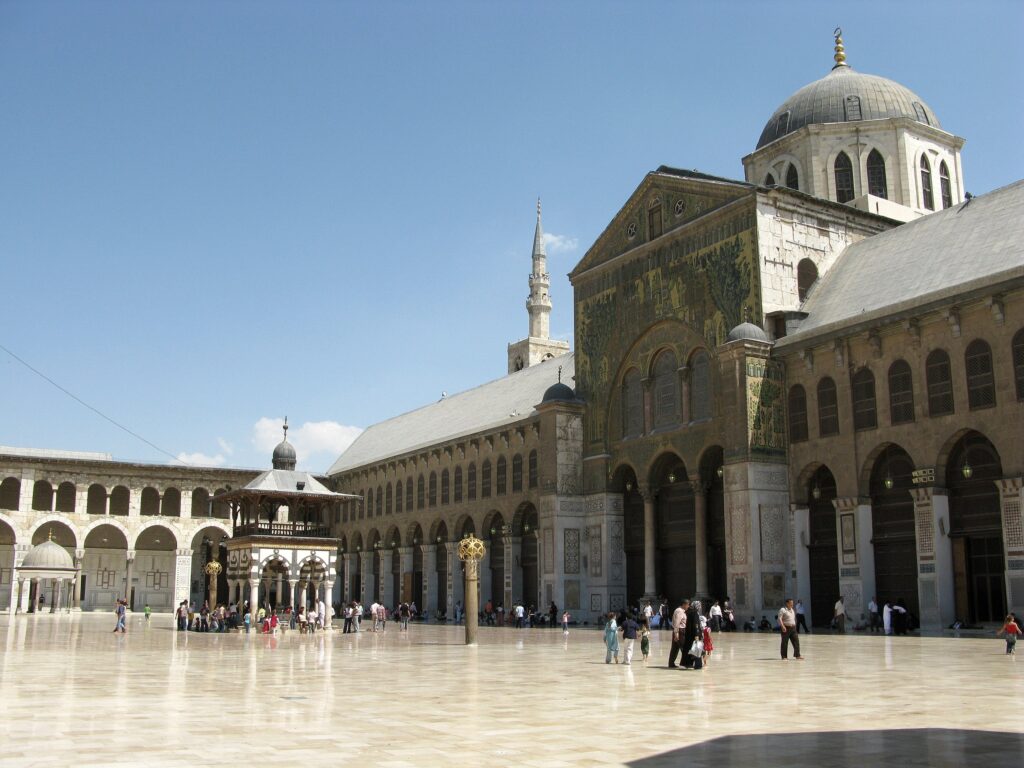
事实 6:叙利亚仍在使用古老的阿拉姆语
在叙利亚,某些社区仍在使用古老的阿拉姆语,特别是在马卢拉村和卡拉蒙山脉附近的几个村庄。阿拉姆语曾是近东大部分地区的通用语,具有重要的历史和宗教遗产,是耶稣基督使用的语言,在古代贸易、外交和文学中得到广泛使用。
马卢拉因保存了该语言的一种方言——西阿拉姆语而闻名。马卢拉的居民中许多人都是基督徒,他们通过日常对话、宗教仪式和文化习俗保持着自己的语言遗产。这种语言使用延续了数千年,凸显了该村庄在现代世界中保护古老传统的独特作用。
事实 7:世界上最古老的图书馆在叙利亚
世界上已知最古老的图书馆位于叙利亚,具体来说是在古城埃勃拉。埃勃拉是古代叙利亚的一个重要城邦,是公元前三千年的主要贸易和文化中心。自 20 世纪 70 年代以来,对埃勃拉的挖掘工作发现了一个可追溯到公元前 2500 年左右的皇家档案馆。
这个档案馆由数千块刻有楔形文字的泥板组成,涵盖了行政记录、法律文件和外交信函等一系列主题。这些泥板为了解当时的政治、经济和社会生活提供了宝贵的见解。
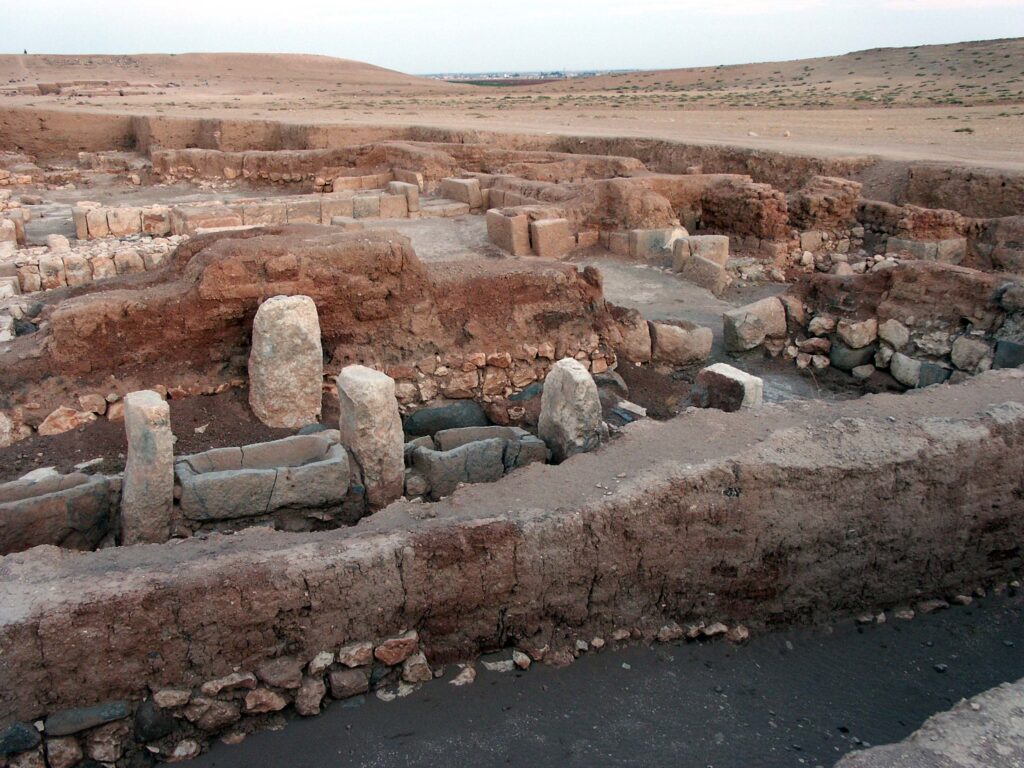
事实 8:在叙利亚发现了数十万年前人类的遗骸
一个值得注意的遗址是位于叙利亚北部阿夫林河附近的 Dederiyeh 洞穴。在 Dederiyeh 的发掘发现了早期人类的化石遗骸,包括尼安德特人,也可能是早期解剖学上的现代人类。在 Dederiyeh 的发现可以追溯到中旧石器时代,大约 25 万至 4 万年前,揭示了使用工具、生火和早期人类行为其他方面的证据。
此外,叙利亚的其他遗址也发现了化石和文物,表明数十万年前人类的存在。这些发现有助于我们了解人类的进化、迁徙模式以及对古代近东不同环境的适应。
事实 9:大马士革是世界上最古老的连续有人居住的首都
大马士革是世界上最古老的连续有人居住的城市之一,其历史长达 5,000 多年。作为叙利亚的首都,大马士革自古以来就是重要的贸易、文化和文明中心。
大马士革的显著历史作用之一是其参与丝绸之路网络。丝绸之路是一条古老的贸易路线,连接东亚和地中海世界,促进了远距离商品、思想和文化的交流。大马士革是丝绸之路北线的重要枢纽,将地中海港口与穿越中亚和中国的商队路线连接起来。
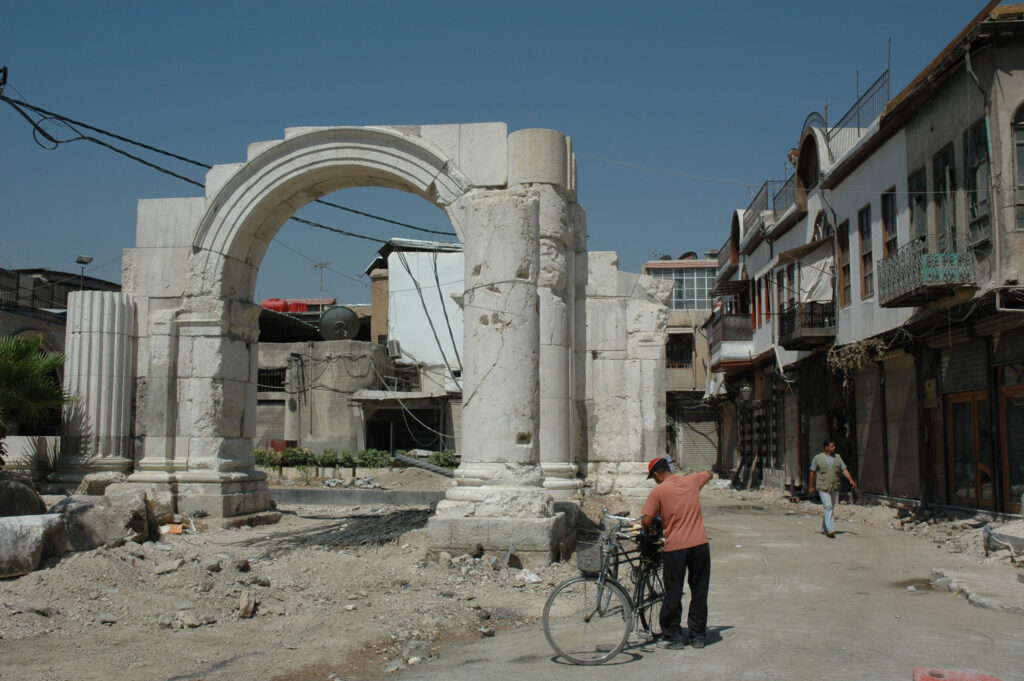
事实 10:叙利亚现在是难民人数最多的国家
2011 年开始的持续内战导致叙利亚境内大规模流离失所,迫使数百万叙利亚人在邻国和其他国家寻求庇护。这场危机带来了重大的人道主义挑战,数百万叙利亚人作为难民生活在土耳其、黎巴嫩、约旦和伊拉克等邻国以及欧洲和其他国家。
联合国难民事务高级专员公署 (UNHCR) 和其他人道主义组织一直积极参与向叙利亚难民提供援助和支持,满足他们的基本需求,如住所、食物、医疗保健和教育。局势仍然动荡复杂,各方正在努力寻找难民危机的持久解决方案,并支持受这场长期冲突影响的难民和收容社区。

出版 六月 30, 2024 • 3m

